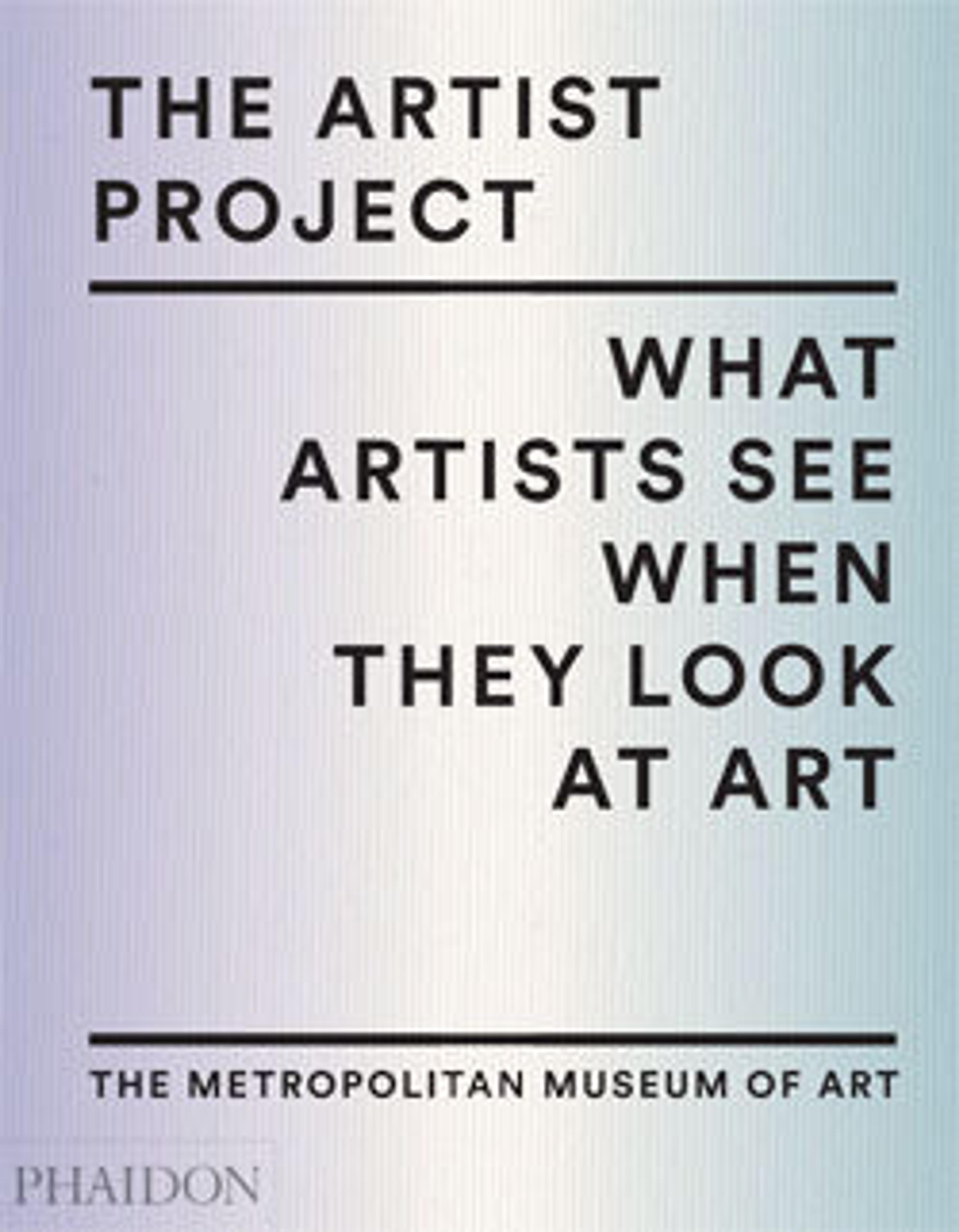Monk’s cap ewer
The form of this ewer comes from Tibetan metalwork; because the top reminded Chinese patrons of the hats worn by Tibetan monks, it was given the name “monk’s cap ewer” (sengmaohu). It is a tea container intended for use in Tibetan Buddhist rituals. Probably a gift for a prominent Tibetan cleric, this example is made of the exceptionally pure white porcelain of the imperial kilns at Jingdezhen. Finely incised floral scrolls fill the upper register while auspicious Tibetan phrases wrap around the vessel’s waist.
Artwork Details
- 明早期 景德鎮窯白釉暗花僧帽壺
- Title:Monk’s cap ewer
- Period:Ming dynasty (1368–1644)
- Date:early 15th century
- Culture:China
- Medium:Porcelain with incised hidden (anhua) decoration under transparent glaze (Jingdezhen ware)
- Dimensions:H. 8 in. (20.3 cm); W. at spout 8 in. (20.3 cm); Diam. of foot 3 in. (7.6 cm)
- Classification:Ceramics
- Credit Line:Gift of Stanley Herzman, in memory of Adele Herzman, 1991
- Object Number:1991.253.36
- Curatorial Department: Asian Art
More Artwork
Research Resources
The Met provides unparalleled resources for research and welcomes an international community of students and scholars. The Met's Open Access API is where creators and researchers can connect to the The Met collection. Open Access data and public domain images are available for unrestricted commercial and noncommercial use without permission or fee.
To request images under copyright and other restrictions, please use this Image Request form.
Feedback
We continue to research and examine historical and cultural context for objects in The Met collection. If you have comments or questions about this object record, please contact us using the form below. The Museum looks forward to receiving your comments.
